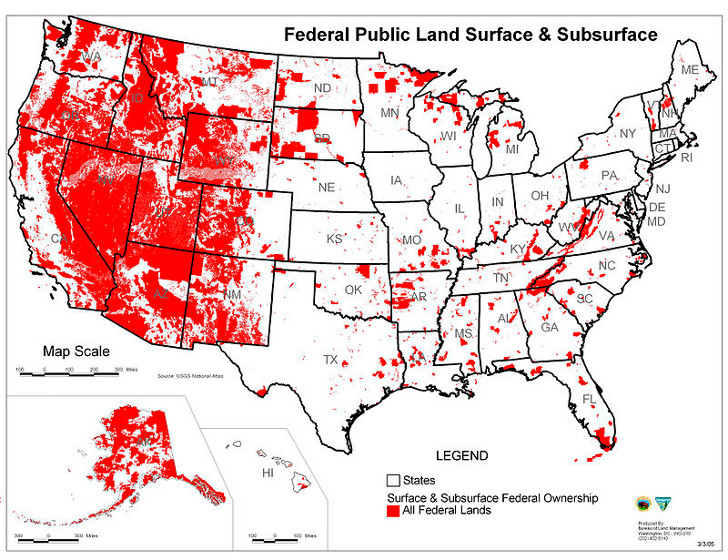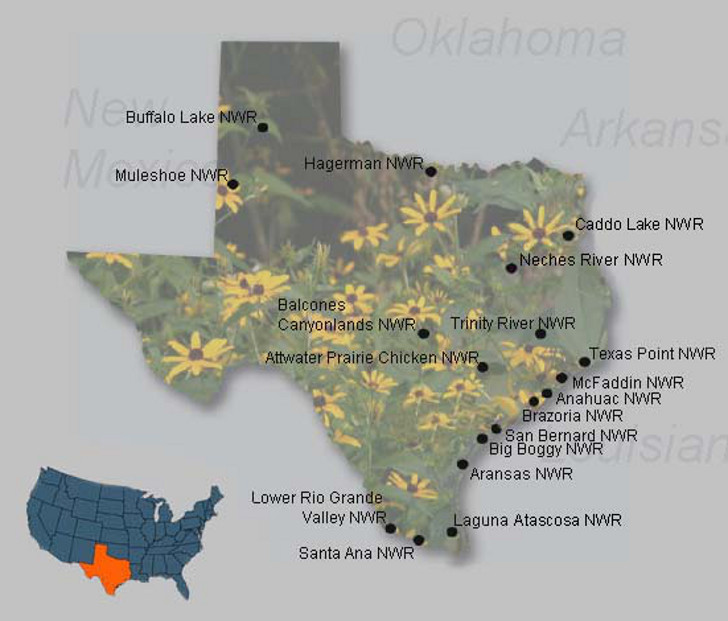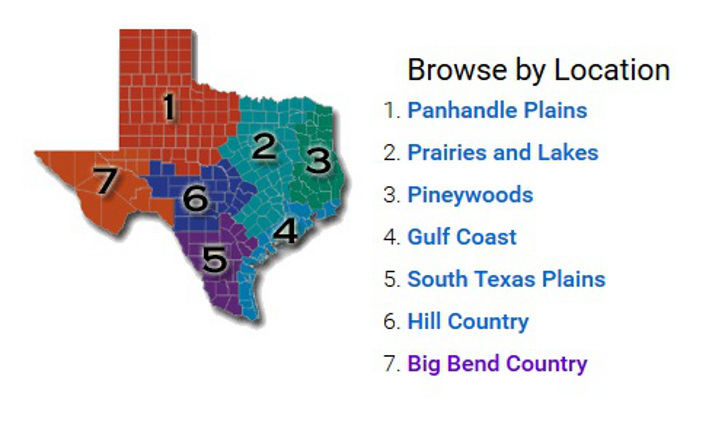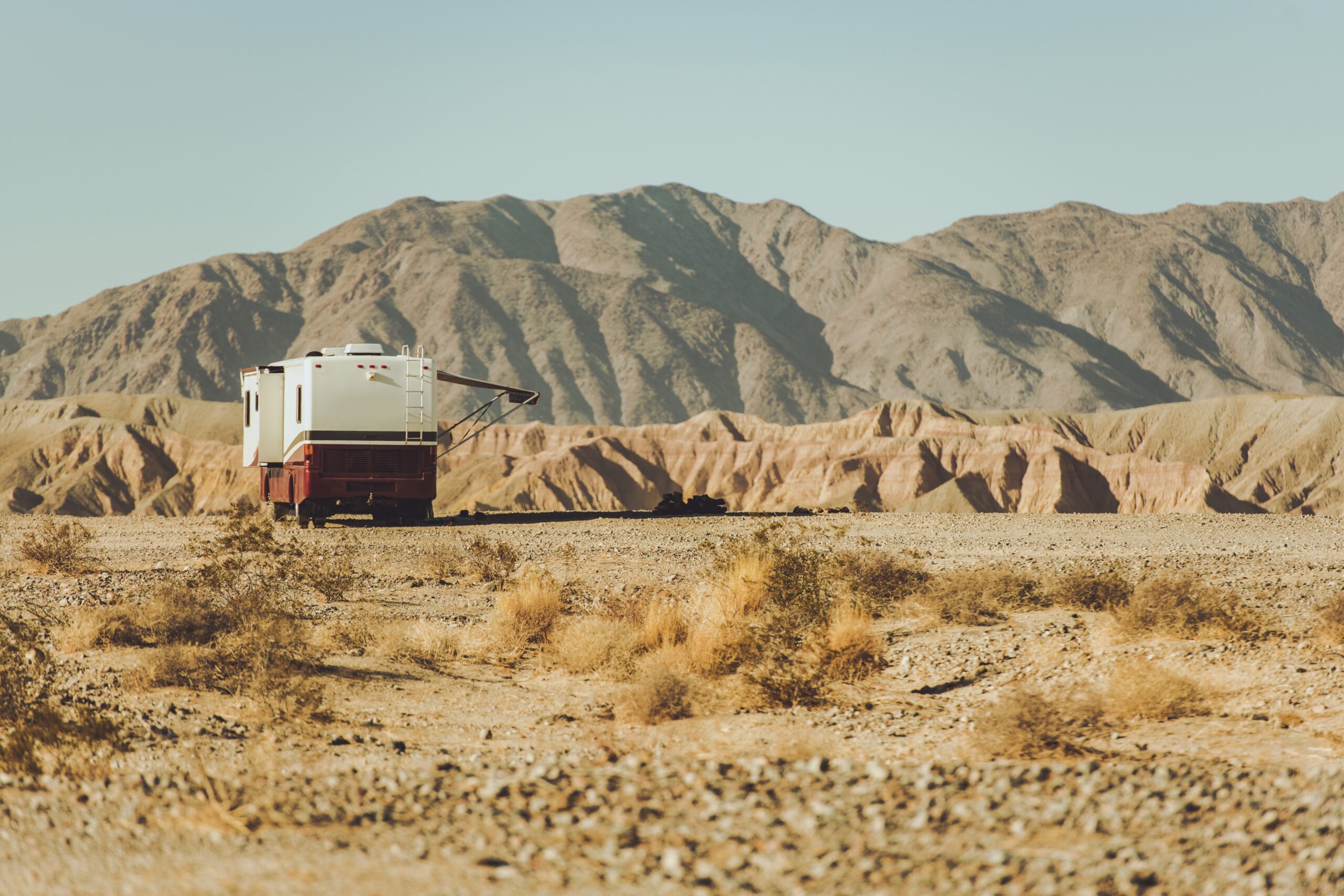RVing west of the Rockies offers tons of free RV camping on federal lands. From the Arizona deserts to the Idaho forests, it’s not hard to find cheap and free places to park your rig.
But if you’re looking for free camping in Texas, you may be surprised to discover that it’s a little trickier to find.
Why is free camping in Texas so hard to find?
The reason for the lack of free camping in Texas dates back to 1845 when the United States wanted Texas to join the union.
Texas would only agree to statehood if it got to keep most of the 225 million acres of unsettled land that was legally owned by the Republic of Texas. The feds agreed.
When you get to Texas you’ll find it harder to enjoy the kinds of free Bureau of Land Management (BLM) and U.S. National Forest campgrounds found in other western regions.
The Lone Star State can be tough on a camper’s budget, but thankfully you’ll find some (almost) free locations to take a load off your wallet. Just point your rig to the 21 different Texas Wildlife Management Areas that allow overnight camping.
Texas Wildlife Management Areas to the rescue
If you’re RVing on a budget in Texas, the state’s Wildlife Management Areas (WMAs) can be your best friend. Over 21 WMAs across the state offer some kind of (almost) free camping in Texas, along with site-specific outdoor activities ranging from fishing to birding to OHV riding.
Look for WMAs around the Lone Star State.
Every location is different, with site-specific rules and regs, but in general what you’ll find is that WMAs:
- Are often located in remote, rustic areas
- Only offer dry camping, with designated sites for small to medium-sized RVs
- Can make your stay more comfortable with basic amenities like vault toilets, picnic tables, shelters, and fire rings
- Attract hunters and anglers
- Offer great wildlife viewing
- Lack reliable cell and broadband connectivity
Each WMA offers a unique experience to visitors depending on the time of year. Some WMAs lock their gates during certain months to protect rare and endangered species. Other WMAs are open year-round, but with tight restrictions on where you can walk, bike, or drive within the area.
A $12 permit gets you views like this:
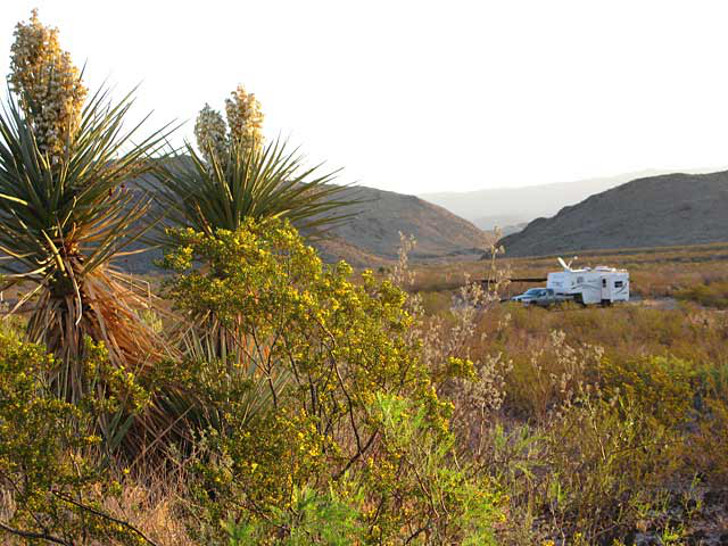
Before heading out to your nearest WMA, follow these steps for a hassle-free arrival:
Step 1: Research Texas WMA camping facilities and rules
Visit the Texas Parks and Wildlife website for a complete listing of WMA camping opportunities.
Select a WMA where you want to go, then review the WMA’s facts, rules and regulations page to find out when you can visit.
Step 2: Make sure your RV can be accommodated
Not all WMA campgrounds are RV friendly. Some have lots of places to camp for small rigs, but little to no access for any RV larger than 25′.
Once you pinpoint the WMA campground you think you want to visit, get the facts before heading out. Websites like RV Park Reviews, FreeCampsites.net and Campendium are useful but a direct call to the supervisor for that WMA is the best way to go.
Step 3: Obtain a Texas Parks and Wildlife “Limited Public Use Permit”
You cannot camp on WMA lands without a Limited Public Use Permit from the Texas Parks and Wildlife (TPW) division that oversees all WMAs. This permit enables both Texas residents and non-residents to camp and fish on WMA lands.
A WMA Limited Public Use Permit is good for six months at any of the WMA lands in Texas. Thankfully the cost of buying a permit is negligible compared to paying for campgrounds. As of today a permit will only set you back $12.
“If you’re not a hunter, you’re a birdwatcher or just a nature lover, you can spend that twelve dollars and you’ve got access to all of these areas,” says TPW public hunting coordinator Vickie Fite. “At times when hunting is allowed, you have to be careful and wear your hunter orange. But you’ve also got access to this property at any other time also. For just doing the nature watching type things. Over a million acres of land. Ready. Right there. Waiting for you to come out and spend an afternoon watching nature.”
You can purchase a WMA Limited Use Permit online, or at any number of sporting goods throughout the state.
Step 4: Sign in upon arrival and obey all rules
WMA rules require all visitors to sign in upon arrival and sign out when leaving. Keep your permit handy because TPW wardens will visit your campsite to make sure you have one.
Length of stay rules can vary from location to location so be sure to ask the warden how long you can camp.
WMAs around Texas have different rules and regs.
The lack of free camping in Texas should never keep you from exploring this varied and diverse state. With a little creativity and planning, the state Wildlife Management Areas with overnight camping will enable you to stretch your RVing budget more than you ever thought possible.

